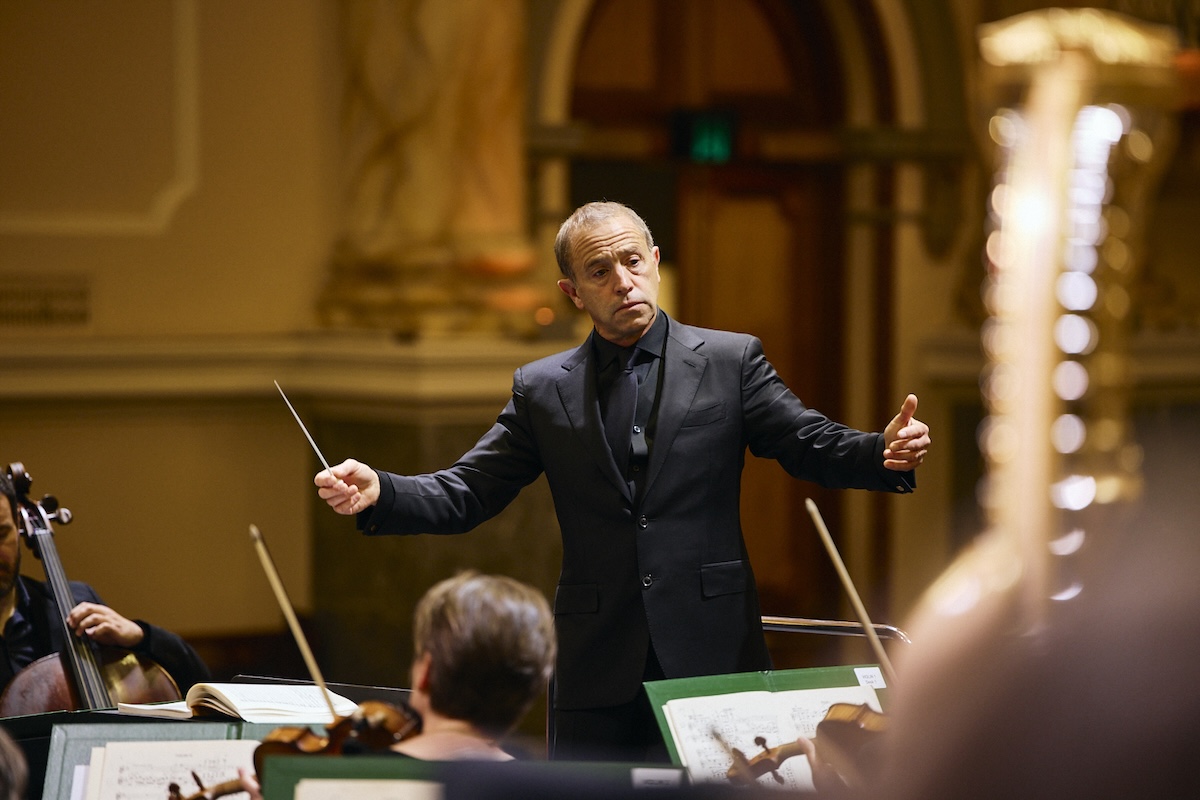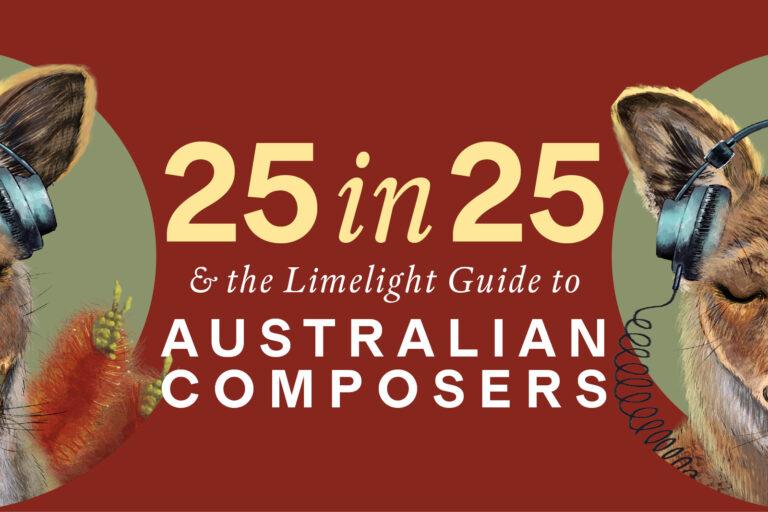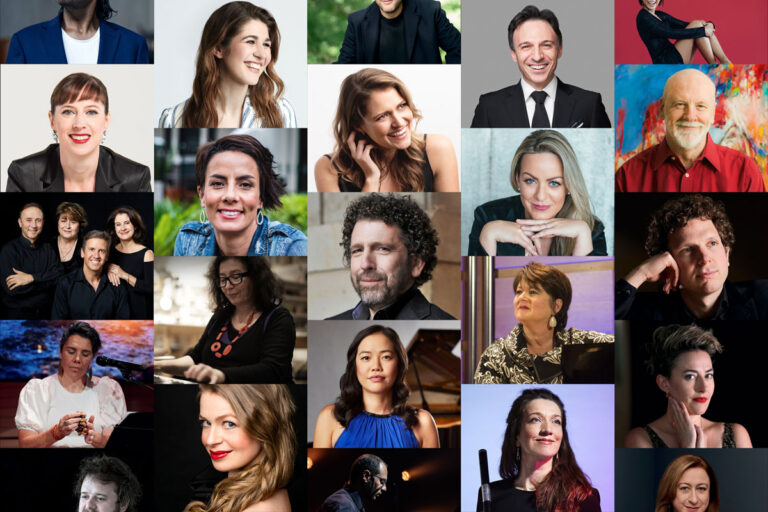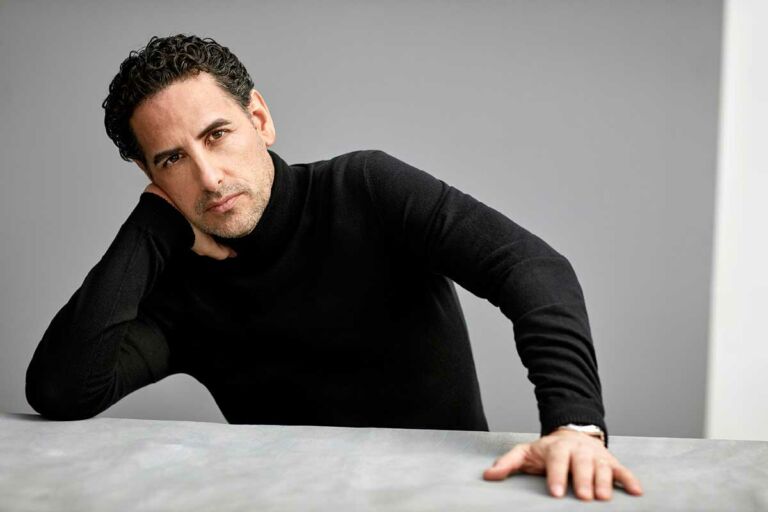Vienna was a hotbed of musical development in the late seventeenth and early 18th centuries, and a hotbed of political upheaval and change. This era saw the transition from the Classical to the Romantic styles of music and it also saw the Napoleonic wars which had a revolutionary impact across Europe. Opposing Napoleon, the Austrian Empire, of which Vienna was the capital, was established in 1804, following the dissolution of the Holy Roman Empire.
The ASO’s three-concert series Born in Vienna offers a tiny sample of the pioneering musical works that emerged in that period, naturally featuring the trio of Mozart, Beethoven and Schubert who remain primary figures in the catalogue of great music.
ASO chief conductor Mark Wigglesworth notes that this was also the era of the birth of the orchestra as we have come to know it. The rapid evolution of orchestral writing precipitated significant developments in musical presentation and reception.

Australian Symphony Orchestra: Born in Vienna. Photo supplied
This concert was held in the University of Adelaide’s 660 seat Elder Hall, which Wigglesworth describes as a more intimate space than the ASO’s primary venue (Adelaide Town Hall can accommodate 1100) and which more closely resembles in size the Viennese concert halls of the day. The ASO’s 50 players were seated with the second violins opposite the first, in the traditional manner.
The one-hour concert opened with the overture to Mozart’s opera The Magic Flute of 1791, a captivating piece that teases the listener into the opera’s fantasy world of magic and romance. Mozart was a central figure in opera in Vienna in the eighteenth century, and the performance of the Magic Flute overture provides a tiny window onto his operatic output. The overture was a well-chosen curtain-raiser to Schubert’s Great C Major symphony, which combines Classical and Romantic characteristics.
In 1825, Franz Schubert began putting together his Symphony in C major, D. 944, known as The Great, and this concert celebrates the 200th anniversary of the birth of his last and greatest orchestral work. He died on 19 November 1828, and this concert took place three days after that unhappy anniversary.
By the time of the symphony’s conception, Napoleon had been deposed and order was being restored across Europe. Austria was an absolute monarchy, which many in Schubert’s circle found oppressive.

Mark Wigglesworth. Photo © Claudio Raschella
The symphony opens with a horn passage as if signalling an important event, and the Andante first movement proceeds at a gracious walking pace. The horn motif is repeated in the trombones suggesting a fanfare accompanying an imperial entourage. The overall feeling is of joyous solemnity until a shift in key and tempo, Allegro ma non troppo, brings a second, more lively development, and there are further modulations and rhythmic shifts.
But rather than monarchical grandeur, the first movement might suggest the majesty of nature, bringing to mind a glorious landscape of forests, streams and imposing mountain peaks.
The second Andante con moto movement opens jauntily with a scintillating oboe melody that is then repeated in the clarinet, conjuring the human voice in song. The movement develops into a sequence of delightful tunes, lively flourishes and repeats, suggesting an orderly dance, and while there are hints of wistfulness and occasional stormy moments, the music is joyous and optimistic.
In the exuberant Scherzo, allegro vivace, dainty tunes alternate with dramatic passages, and the winds’ lyrical chirping alternates with weightier passages. The lilting rhythm of the trio again creates the feeling of a dance.
The Allegro Vivace fourth movement opens with another fanfare and sets off at a canter. The symphony returns to its triumphal character, though the succinct finale is rather understated. Overall, Schubert’s Great C Major symphony is extroverted and cheerful, with little of the introspection that characterises some other symphonies of the era and his own Unfinished Symphony.
At around 50 minutes, the Great C Major is long and technically challenging for the orchestra. Wigglesworth, conducting without the score, brought out it’s delightful lyricism and beauty and the ASO’s sound was finely modulated and balanced.











Comments
Log in to start the conversation.